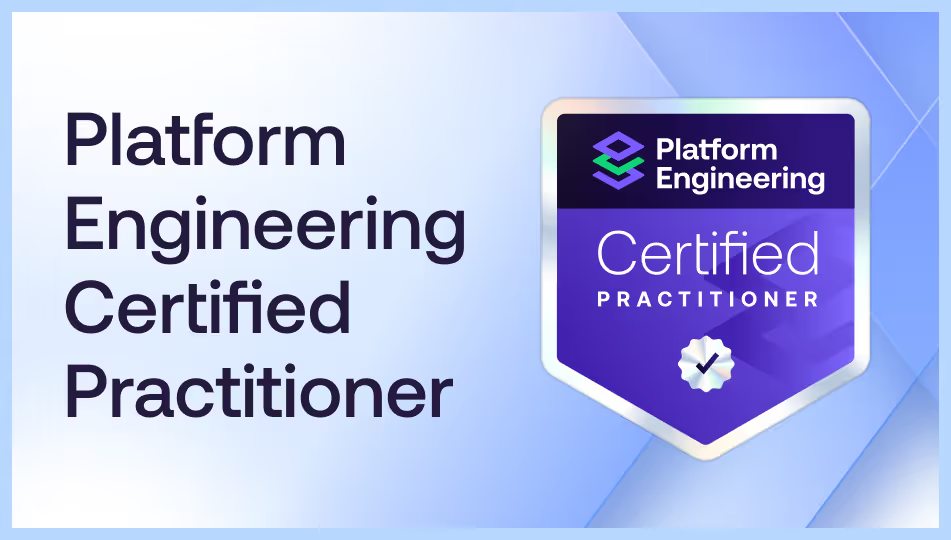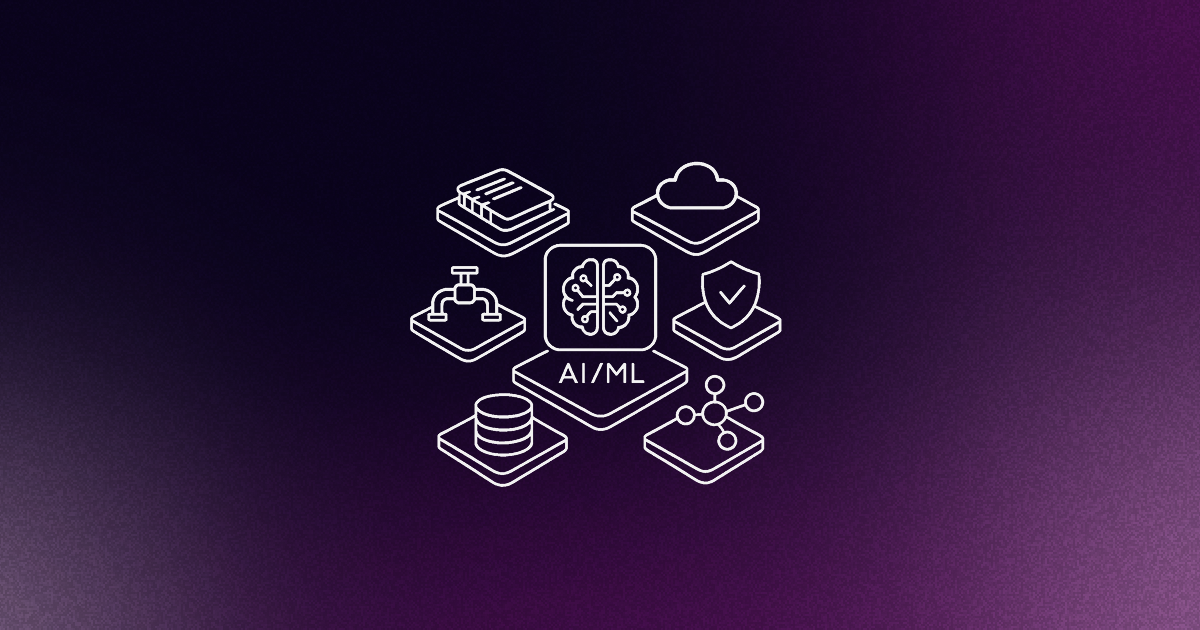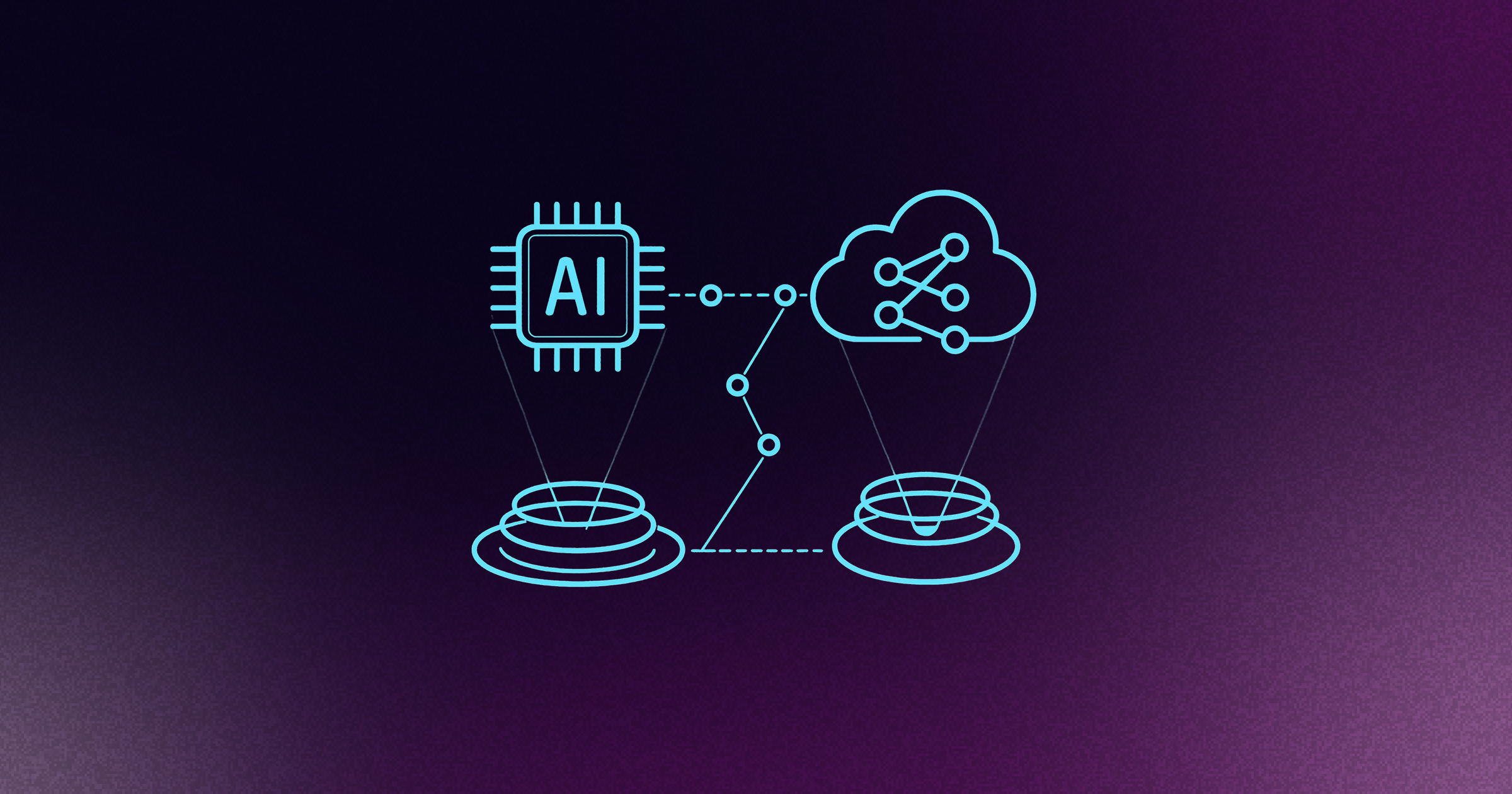Platform engineering promises to boost productivity, ease cognitive load, and accelerate delivery across the enterprise. Yet despite the hype and massive investment, many organizations fail to realize these gains. Instead of unlocking outcomes, they burn millions while struggling with poor adoption and missed targets.
This series goes through the greatest fail-states a platform faces. This time focusing on a lesser appreciated killer, a lack of common shared language.
The high cost of misaligned mental models
In many organisations, a platform engineering initiative kicks off with great enthusiasm. But soon, cracks begin to appear. Executives, engineering leaders, and platform teams all use terms like “IDP”, “platform,” “self-service,” and “golden paths,” but they are often imagining entirely different things. This lack of shared understanding is one of the most common reasons why platform initiatives fail, leading to poor alignment, unclear value, and ambiguous ROI.
Imagine this common scenario: A platform team pitches an Internal Developer Platform (IDP) to leadership. The engineers are thinking about a comprehensive system, a backend orchestration layer that automates infrastructure, enforces standards, and enables true self-service across the entire application lifecycle. This is a complex, long-term undertaking. Meanwhile, an executive hears the acronym IDP and pictures an Internal Developer Portal, a UI, a service catalogue, a wonderful dashboard, that single pane of glass they’ve seen in a slick vendor demo. They see a quick win, a nice front door to put on a yet non-existent house.
This is more than just a mix-up of acronyms; it's a fundamental disconnect in expectations. When leadership expects a shiny portal in three months, but the team knows they need a year to build the foundational orchestration engine, disaster is already looming. This is how initiatives enter the "death spiral of platform engineering".
Platform engineering definitions are mission-critical
Success in platform engineering starts with brutal honesty and always asking "why". Establishing a shared vocabulary isn't just about avoiding confusion; it’s about aligning the entire organisation around a common set of goals, objectives, and success criteria. If you can’t agree on what you’re building, you can’t possibly agree on whether it’s successful.
Let’s first clarify some of the most misunderstood concepts:
- Platform engineering is the discipline of designing and building the toolchains and workflows that enable developer self-service. It is an evolution of DevOps that aims to tame complexity and enable a true "you build it, you run it" culture at scale by treating the platform as a product. It is not the same as SRE, or DevOps.
- An Internal Developer Platform (IDP) is the product that a platform engineering team builds. It is the sum of all the technology and tools glued together to create "golden paths" paved roads that abstract away underlying complexity while providing developers with the right level of context. It covers the operational necessities of an application's entire lifecycle.
- An Internal Developer Portal is one possible interface to the broader IDP. It’s the front-end, the UI where developers can discover services, scaffold new applications, and access the platform's capabilities. Confusing the portal (the front door) with the platform (the entire house) is a frequent and costly mistake that often leads to building a portal that developers never asked for on top of an existing infrastructure mess.
- A PAAS (Platform as a service) is a prebuilt cloud application platform offered by an external vendor. It provides a managed runtime and opinionated workflows that let teams deploy and scale applications quickly without managing infrastructure. Unlike an Internal Developer Platform, a PaaS is rarely built in-house and does not fit complex enterprise needs; it is best suited for smaller teams or greenfield projects where speed and simplicity outweigh customization and deep integration.
How to create a shared language in platform engineering
The responsibility for creating a shared language falls squarely on platform leaders and engineers. You cannot expect executives to understand the nuances of a platform orchestrator or the difference between Argo CD and Jenkins. You must learn to speak three different languages: one for developers, one for operations, and one for executives. Success depends on your ability to translate technical choices into clear business outcomes.
Here’s how to do it:
- Frame everything as a business enabler. When communicating with leadership, shift the language from "what we built" to "why it matters". Instead of "we automated infrastructure provisioning," say "new features now launch 70% faster". Connect your work directly to strategic objectives. Executives often respond well to simple diagrams and "before-and-after" scenarios to make the platform's impact and effort tangible. Show them a value stream map illustrating how a process that used to take 69 days of manual handoffs and waiting time now takes 20 days because of the platform.
- Invest in common vocabulary early. Be proactive. Create simple, accessible artifacts like internal glossaries, host "defining" sessions to explain core concepts, and build roadmaps that clearly define what will be delivered and when. This ensures that when you say "MVP," everyone understands it’s about de-risking the initiative by proving value fast, not just building a useless prototype.
- Manage and beat expectations. Building an MVP in 4 weeks, when it was expected to take 6 months, is a gigantic win. Compare that to leadership expecting a platform in 3 months, but you know it will take a year. Expectations must be aligned appropriately, and that comes from understanding why you’re building a platform engineering initiative, and an IDP, and what your “why” is.
Conclusion
By defining terms, aligning expectations, and translating technical progress into business impact, leaders can avoid wasted investment and eroded trust. Without clarity, even the best talent and tools fail to deliver value. That is why a key part of our platform engineering courses focuses on giving engineers the skills they need to ensure both a shared language, and the success of their initiative. Or for those organisations that want to go further, we work directly with teams. So that together we can ensure a platform fulfills its promise.











